"My ambition is always to try to make the perfect album. I haven’t yet, but I’m still trying!” Jacob Holm-Lupo tells the story of Norwegian proggers White Willow
As their back catalogue reissues campaign reaches the halfway point, White Willow mainman Jacob Holm-Lupo explains the evolution of the Norwegian proggers
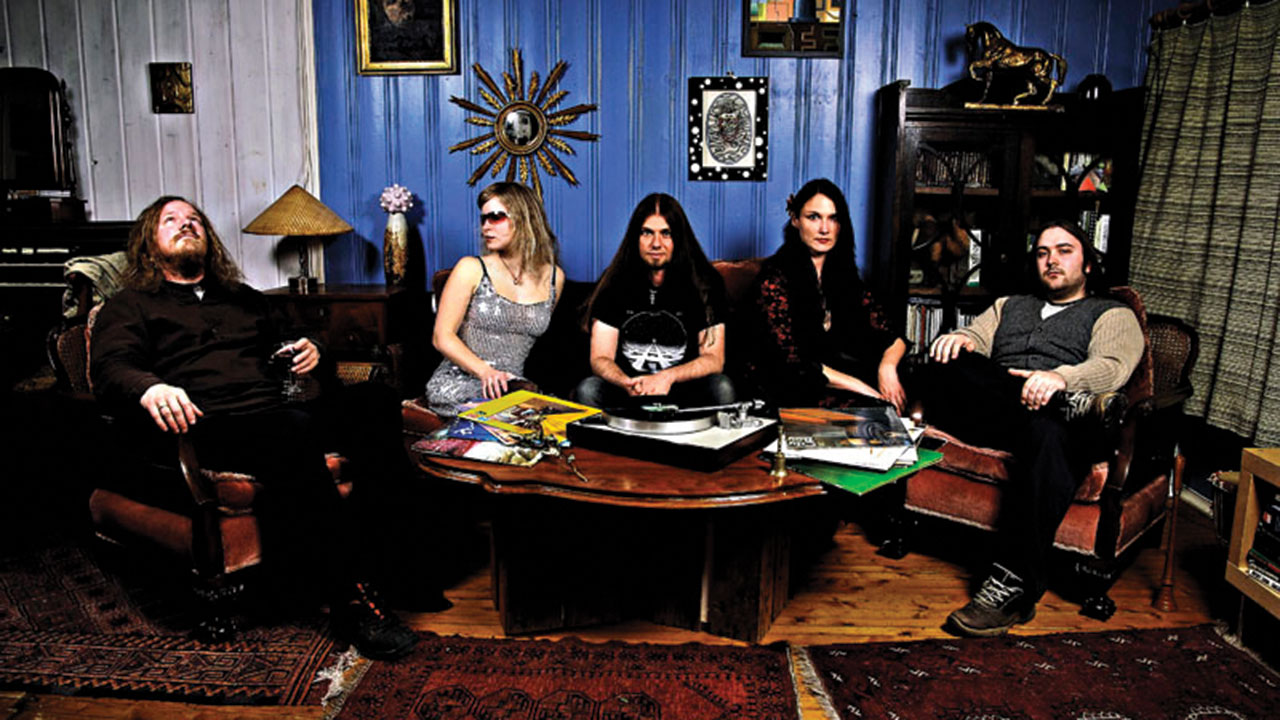
By 2024, Norwegian prog rockers White Willow were in the middle of a reissues campaign that will see their back catalogue remastered and reissued. At the halfway point, mainman Jacob Holm-Lupo told the story of the band's evolution...
In the early 90s, progressive rock was beginning to sprout a few green shoots of recovery. Sustained by its own global community of die-hard fans and musicians, it was firmly off the mainstream radar, and many of those who successfully contributed to its rebirth were operating alone, unknowingly anticipating the arrival of the internet to make everything a lot easier. In Norway, which already had a rich tradition of prog bands, a very young Jacob Holm-Lupo was beginning to explore his own love of adventurous rock music. Now known as the man behind White Willow and a host of other notable projects, he started his life as a prog musician with no expectations whatsoever.
“We were not aware of any kind of global prog scene at all, actually,” he says with a grin over video-call. “I got into this music when I was 12 years old, and I was given a tape of Duke by Genesis for my birthday. From then I was totally hooked. In my late teens I started playing with some friends. It was the keyboard player from White Willow, Jan Rahman, and myself, and we recorded a couple of demos in my living room. That must have been in ’91 or ’92, then we put a band together with like-minded friends who also liked progressive rock, and we recorded some more demos. But we didn’t think anything more would happen.”
He may have been blissfully unaware of prog’s growing momentum, but Holm-Lupo’s vision was entirely in tune with what was going on elsewhere in the world. White Willow emerged blinking into the light with their 1995 debut album, Ignis Fatuus, which was released through US prog imprint The Laser’s Edge, who were among the recipients of those early demos. Nearly 30 years later, the Norwegians’ contribution to modern prog is beyond dispute, but the re-releasing of their catalogue of fascinating, fervently progressive albums is long overdue. Thankfully, those nice people at Karisma Records have begun an extensive reissue campaign, which includes six of White Willow’s seven albums, some appearing on vinyl for the first time, and all remastered by Holm-Lupo himself. The first three albums – Ignis Fatuus, Ex Tenebris (1998) and Sacrament (2000) – are already out, with the rest to follow in the near future.
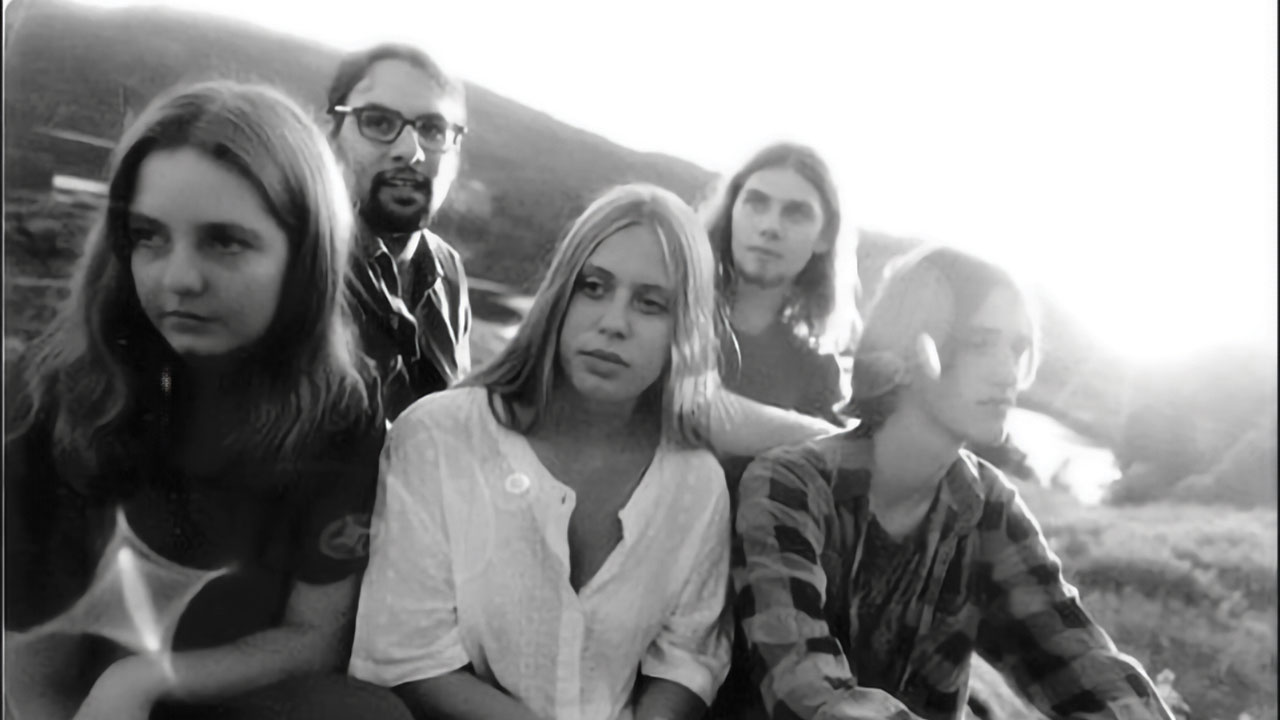
In many ways, Ignis Fatuus is the most intriguing of all White Willow albums, primarily because it’s the only record made by the band’s first (and only) full line-up. Heavily influenced by psychedelic folk but rooted in old-school prog ideas, it captured the excitement of the young Norwegians’ first wholehearted attempt to turn musical dreams into reality.
“I think, especially on the first album, it was a result of all of us having some things in common,” says Holm-Lupo. “We all liked English progressive rock and Italian progressive rock, but also some people were interested in folk music, some were into classical music, and for myself, I was into rock. So all those things came together on that album. Since then it’s been a constant process of trying to meld all those influences into one coherent sound. But I’m still struggling with it, because I’m completely omnivorous when it comes to music, so it’s hard to commit to one style.”
One thing that White Willow have been resolutely committed to is the
use of plaintive female vocals. While prog rock was (and still is, to some degree) a sausage-fest, Holm-Lupo took a different approach from the start, with singer Sara Trondal playing a central role throughout Ignis Fatuus, and particularly on dewy-eyed folk mirages such as Snowfall and Now In These Fairy Lands. Female vocalists have continued to play a major part in White Willow’s music ever since, even though Holm-Lupo insists that there was no grand masterplan.
Sign up below to get the latest from Prog, plus exclusive special offers, direct to your inbox!
“To be honest, it was almost by chance,” he says with a shrug. “We were a little gang of people, and the ones that liked what we were doing and had an interest in it, and who could also sing, happened to be girls. That was basically it. It wasn’t a conscious decision. When the first album came out a lot of people compared us to Renaissance, but we hadn’t even heard of them! But I think, in terms of band chemistry, it’s good to have girls because it helps communication a little bit. Guys can get very competitive and macho! But having girls present has made us all calm down a little bit and listen to each other, so it’s been easier.”
Something important happened when White Willow recorded Ignis Fatuus: Jacob-Holm Lupo felt very much at home. These days, he makes a living from recording, mixing and mastering other artists’ work: the fruits of a love affair with the studio that began nearly three decades ago.
“It was our first time in the studio and it was fun!” he smiles. “It was
a basement studio in Oslo. It was quite primitive, just a 16-track analogue recording. Because of all the overdubs it was quite complex. In the mixdown, every member of the band had to sit with their hands on faders. Those were the days! [Laughs] So it was our first experience, and for me, very interesting. I realised once I was in that studio that I actually enjoyed being in the studio more than I enjoyed being onstage, so that’s what I’ve done since then.”
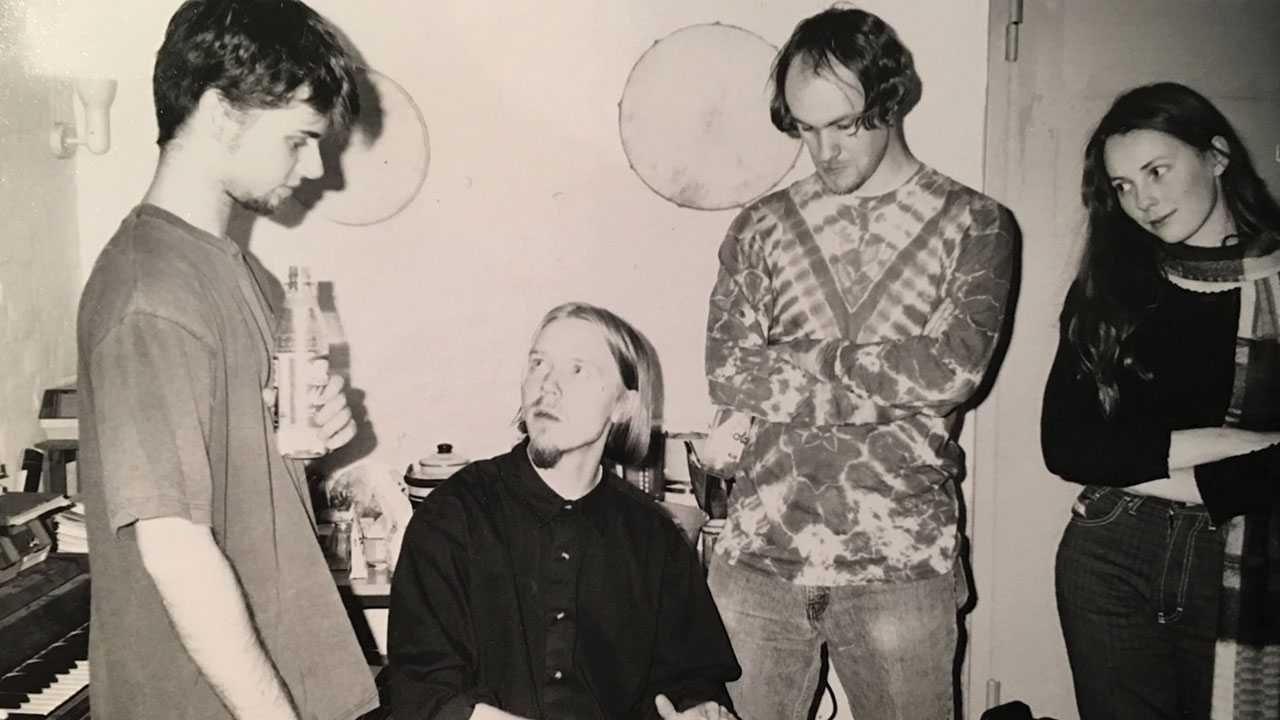
White Willow have been almost exclusively studio-based for at least the last 20 years. Their last show was at Summer’s End Festival when it was at Bilston in 2006, and Holm-Lupo has made absolutely no noises about wanting to give live performance another go. Today, he admits that declining to play live has had some negative impact on his band’s fortunes, but that even with a reissue campaign in full flow, he believes he has made the right choice.
“It has been detrimental that we haven’t played live now for a long, long time. But personally, for me, it’s a lot better because I have time to focus on songwriting, I have time to work in my studio and to actually make a living. There’s never any living to be made from playing concerts anyway. But
a lot of people come to me and say, ‘Why don’t you play live? You’d be more famous and sell more records!’ But that was never why I did this in the first place. I do this because I love doing it, and I love sitting in my studio and fiddling around, you know?”
Perhaps the first real evidence of Holm-Lupo’s studio obsession arrived with White Willow’s second album, 1998’s Ex Tenebris. A darker and stranger record than its predecessor, it was originally intended to be a solo album, but label bosses were eager for another album under the band’s name. Written and recorded in the aftermath of the first White Willow line-up disintegrating, Ex Tenebris was a bold step into the unknown.
“After we’d played at ProgFest in Los Angeles, which was late in 1995, the band broke up. We went through a few a line-up changes, but in the end it didn’t work. I was going to make a solo album of some more gothic-sounding stuff, so I wrote songs and started recording, but then the label came to me and said, ‘No one knows who you are, and we’re not going to be able to sell a record by Jacob Holm-Lupo, so can you please find a way to make this White Willow…’ And so I did. I found the spark again and I found my love for the genre again.”
If the first White Willow album had been deliberately backward-looking and in thrall to the late 60s and early 70s, the second was much less easy to define. At times primitive and minimal, songs like Leaving The House Of Thanatos showcased the maturing of Holm-Lupo’s songwriting, while also leaving space for more experimental variations on cherished prog themes.
“Ex Tenebris was sort of where I was trying to find my footing in terms of being a songwriter and a producer,” he explains. “It was about what White Willow was going to be going forward. So it was an experiment. For me it was sort of therapy, too. I actually went into a real depression after the first record. Everything was so hopeful when we released Ignis Fatuus and everybody loved it. We got a lot of attention, and I was like, ‘OK, this is it. I’m going to be a prog-rock star!’ [Laughs] Then the band just imploded and I also didn’t know what to do with myself. Ex Tenebris is Latin for ‘out of darkness’, so this was my way out of darkness.”
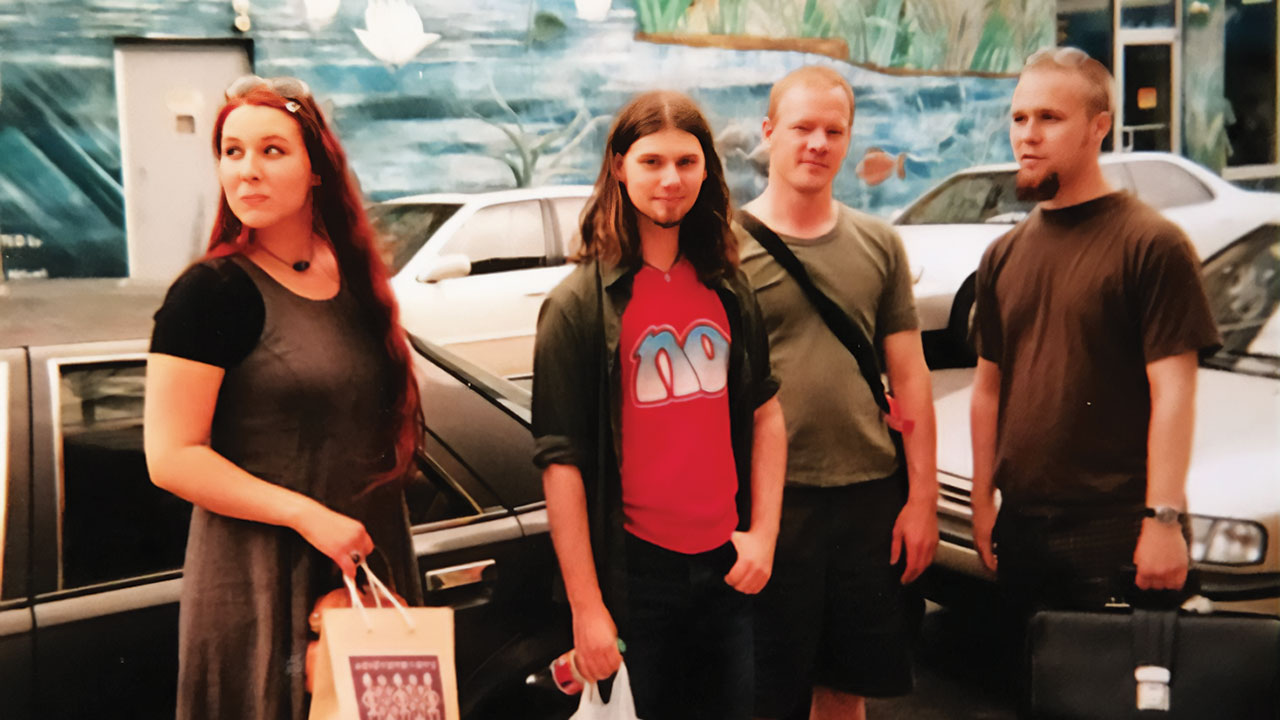
If Ex Tenebris was a necessary response to challenging times, White Willow’s third album was a confident leap into the future. Released at the dawn of a new millennium, it retained much of the psychedelic lushness
and inventive songwriting that had made Ignis Fatuus and Ex Tenebris so irresistible, but also embraced a broader array of inspirations, including some unexpectedly contemporary ones.
“Shortly after I made Ex Tenebris, I found the people that would be on Sacrament, these great musicians that I really get along with, and who shared my vision,” Holm-Lupo recalls. “Making the third album was an extremely positive experience. But it was at that time that I started to really take in what was going on around me. We were all listening to the French band Air. OK Computer had, of course, penetrated into our world. So there were a few more outside influences, and more of a feeling that there were things in contemporary rock that were relevant to us.”
Despite waiving the right to perform their music live, White Willow have been a steady presence in modern prog. For the uninitiated, three more albums will be re-released by Karisma in due course – Storm Season, Signal To Noise and Terminal Twilight – and Holm-Lupo has firm plans to start work on his band’s first music since 2017’s Future Hopes. The studio dream lives on.
“I’m actually working on the new album now,” he notes, looking genuinely excited. “We haven’t entirely landed on a line-up yet, but it will certainly be me and Lars Fredrik Frøislie from Wobbler, and Mattias [Olsson] from Änglagård… and we’ll just have to see who the rest will be! [Laughs] But we agreed that what we wanted to do was look at what we’ve been happy with in the past, and things that really worked for the band, and to focus on those. So I think it’ll be a very strong and consistent album, and the material we have so far is amazing, so fingers crossed. My ambition is always to try to make the perfect album. I haven’t yet, but I’m still trying!”
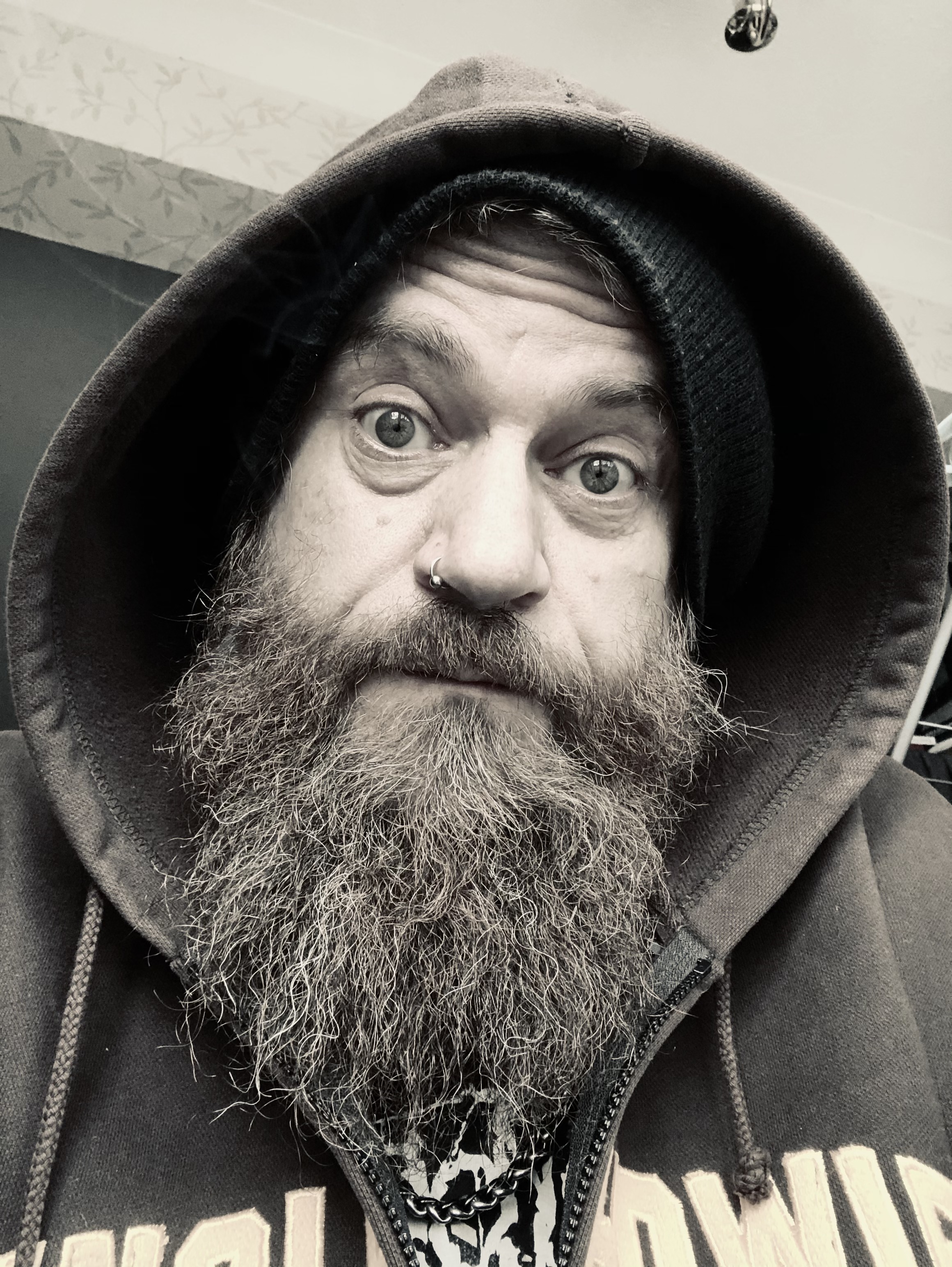
Dom Lawson has been writing for Metal Hammer and Prog for over 14 years and is extremely fond of heavy metal, progressive rock, coffee and snooker. He also contributes to The Guardian, Classic Rock, Bravewords and Blabbermouth and has previously written for Kerrang! magazine in the mid-2000s.
You must confirm your public display name before commenting
Please logout and then login again, you will then be prompted to enter your display name.
